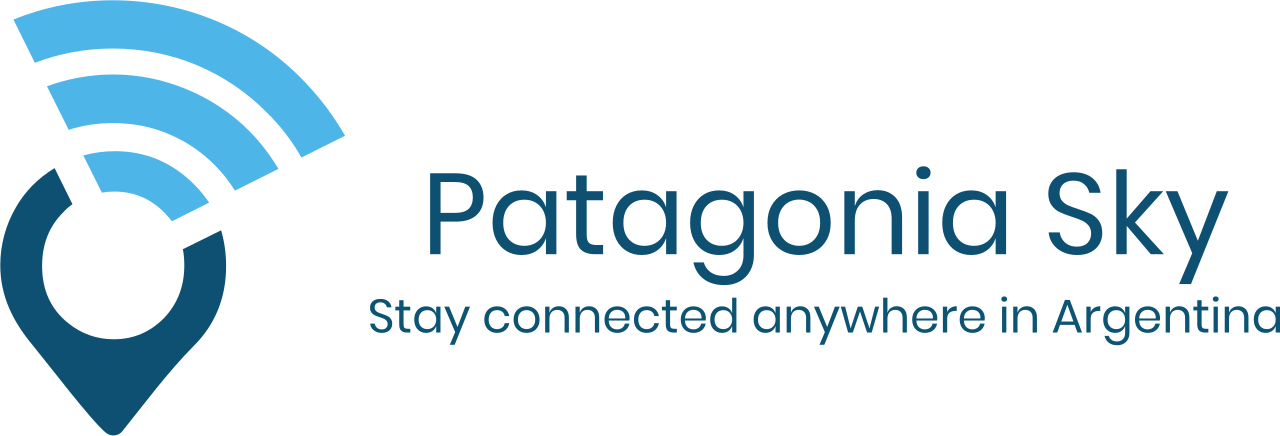What’s Available, What’s Coming, and Why Renting Makes Sense
Until recently, satellite internet in Argentina was a slow, expensive, and highly technical solution used mostly by government agencies, large rural operations, or expedition teams. That landscape has completely changed with the arrival of Starlink, bringing high-speed, low-latency internet to even the most remote parts of the country.
In this article, we’ll explore:
- What satellite internet looked like before Starlink
- What’s available now and what’s coming next
- A comparison table of current options
- Why renting instead of buying might be the smartest move in 2025
🚀 Before Starlink: Limited Options, High Costs
Prior to 2023, Argentina’s satellite internet options were limited to providers like:
- ARSAT (State-owned, Ka-band coverage)
- HughesNet (via resellers)
- VSAT providers used by oil, mining, and military operations
These systems offered speeds of 1–25 Mbps, required complex setup, and had high latency (600+ ms)—making video calls and modern remote work almost impossible. Installation could cost thousands of dollars and took weeks to coordinate.
📡 Enter Starlink: A Game-Changer for Remote Connectivity
In 2023, Starlink officially launched residential service in Argentina, offering:
- Speeds up to 300 Mbps
- Latency as low as 20 ms
- Plug-and-play setup
- Coverage everywhere in the country—from Patagonia to Salta
Now, whether you’re on a mountaintop in El Chaltén or a vineyard in Cafayate, you can have reliable, high-speed internet in minutes.
🔮 What’s Next: Amazon’s Project Kuiper & Local Expansion
Starlink’s success has accelerated competition. Coming soon:
- Amazon’s Project Kuiper (expected in Latin America 2025–2026): A similar LEO (Low-Earth Orbit) satellite system with comparable speeds
- OneWeb (now part of Eutelsat): Targeting global coverage, with a growing footprint in South America
- Telesat Lightspeed: Promising low-latency services for enterprise and remote access
This means the satellite internet space is evolving rapidly, and locking into one provider now might be premature.
📊 Satellite Internet Options in Argentina – 2025 Comparison
| Provider | Speed Range | Latency | Mobility | Price (USD/month) | Equipment Cost | Availability |
|---|---|---|---|---|---|---|
| Starlink | 50–300 Mbps | 20–40 ms | Fixed or Roaming | $53–$415 | Up to $600 | Nationwide |
| HughesNet | 1–25 Mbps | 600+ ms | Fixed only | ~$100 | ~$300–$500 | Limited rural coverage |
| ARSAT | 1–10 Mbps | 500–700 ms | Fixed only | Varies (gov use) | High setup | Remote/public sector |
| Patagonia Sky (Rental) | 100–300 Mbps | 20–40 ms | Fixed or Roaming | From $65/week | $0 | Pickup in BA, available countrywide |
💡 Why Renting Makes More Sense in 2025
If you’re not living full-time in a remote area, buying Starlink might not be worth it. Here’s why:
✅ Flexibility in a Rapidly Changing Market
The satellite internet market is evolving. Renting lets you avoid locking into one provider or hardware ecosystem that may be outdated in a year or two.
✅ Cost-Effective for Short-Term Use
If you use satellite internet for fewer than 9 weeks a year, renting is cheaper than buying and maintaining a $600+ setup.
✅ No Maintenance, No Storage, No Hassles
Rentals from Patagonia Sky include:
- All setup instructions
- Tech support
- No ongoing contracts or long-term commitments
- Returnable at the end of your trip
